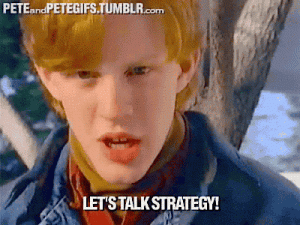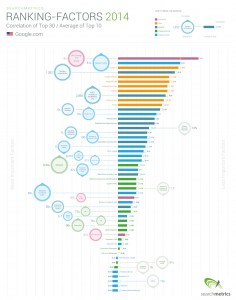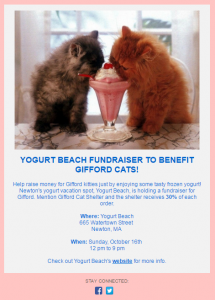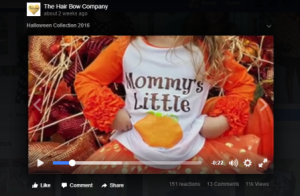Contributor Peter Cassidy believes the intelligence and automation of machine learning can arm marketers with the ability to connect with consumers on a personal level.

When you hear the word “personalization,” what comes to mind? Perhaps words like customer, one-to-one, targeted, customized and conversions.
According to TechTarget, the marketing definition of personalization is “a means of meeting the customer’s needs more effectively and efficiently, making interactions faster and easier and, consequently, increasing customer satisfaction and the likelihood of repeat visits.”
It cites the core technologies behind personalization as cookies, collaborative filtering, user profiling and data analysis. Sounds really personal, right? Not so much.
For years, marketers have had the technical capability to reach an individual in any context, on any channel, at any time. But their “personalization” efforts have often been limited to using a customer’s first name in a subject line or retargeting an ad based on an item they previously viewed. These tactics may be an improvement from mass advertising, but they feel far from personal.
That’s because they’re missing one critical component: real, human connections. People are more than cookies. They have passions and emotions, not clicks. So perhaps technology can only take us most of the way there — and, in fact, it’s the stories we tell which complete the picture and truly deliver on the promise of personalization.
And which stories connect on a most personal level? Real ones.
The last mile in personalization involves combining the existing marketing stack with genuine customer stories and machine learning — and it will have a massive impact on how brands communicate with their customers.
Machine learning: Where big data meets big content
Every day, billions of posts are uploaded across social media. Buried within all that content are our most personal stories — and, for marketers, authentic brand experiences, legitimate endorsements and straight talk about products, the kind of true testimonials people crave and brands can’t manufacture.
The challenge is that no marketing team can sift through that wealth of social content and effectively match the right stories to the right people at scale.
Enter machine learning. By combining the most relevant and engaging customer-created content with the efficiency, intelligence and automation of machine learning, brands can lower their marketing costs, connect with people on a human level, fuel customer advocacy and ultimately generate more sales.
The importance of keeping it real
After all, people trust each other much more than they trust brands, with 55 percent of shoppers saying they trust customer photos more than brand photos and 92 percent of consumers trusting earned media more than any other form of advertising.
The entire premise behind powerhouse networks like Yelp and TripAdvisor is that we trust and actively want the opinions of our peers. These social reviews — and the vast pool of user-generated content (UGC) shared across social media platforms at large — have changed consumer buying behavior.
According to Market Force, 81 percent of consumers’ purchasing decisions are influenced by their friends’ social media posts. This is especially true for millennials, who are now the largest living generation with annual spending power north of $200 billion. Gartner has reported 84 percent of millennials say UGC from strangers has some influence on what they buy, and 86 percent believe UGC is a good indicator of the quality of a brand, service or product.
GoPro understood this deeply and encouraged its customers to document and share personal adventure videos. GoPro’s website features all their best customer content, making them shareable and shoppable by linking directly to the products that were used to create each video or image within the description.
With no shortage of amazing customer stories, the majority of their marketing content is customer-created. GoPro IPO’d back in 2014, among the fastest growing companies in America.
It turns out replicating this is really hard.
Taking personalization to the next level
The travel industry is starting to master this next-level personalization. By leveraging UGC and machine learning to feature actual customer posts and photos within search results and on travel itineraries web pages, travel companies can offer content that’s actually personal across thousands of locations — and avoid spending more than $100K per photo shoot for each location.
Machine learning algorithms can then track the interactions consumers have with each piece of content to make intelligent recommendations based on consumers’ behavior and the content’s performance.
So, if you are a first-time international traveler looking to party-hop around Greece without blowing your entire savings account, you will see real photos of other travelers who have taken a similar trip. This content persists not just while you’re on the website, but also in the emails they send to you and throughout the digital ads you’ll be retargeted with across the web. And, as you interact with this content, it will become more and more relevant to you and your preferences.
This is how you personalize customer experiences — with real content, comprehensive data and intelligent technology. The convergence of machine learning and an explosion of social media sharing is finally delivering on a promise 20 years in the making: personalization, at scale, that actually feels human.
Some opinions expressed in this article may be those of a guest author and not necessarily Marketing Land. Staff authors are listed here.
(58)
Report Post










